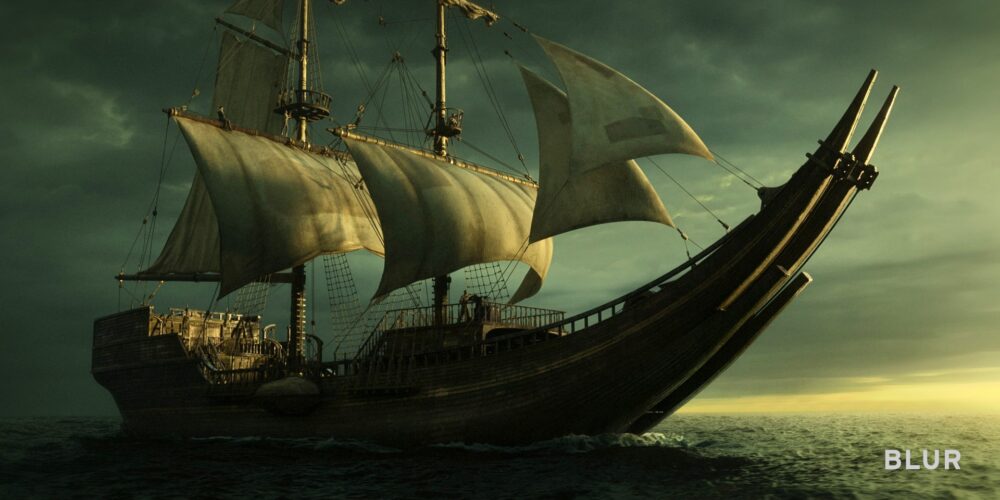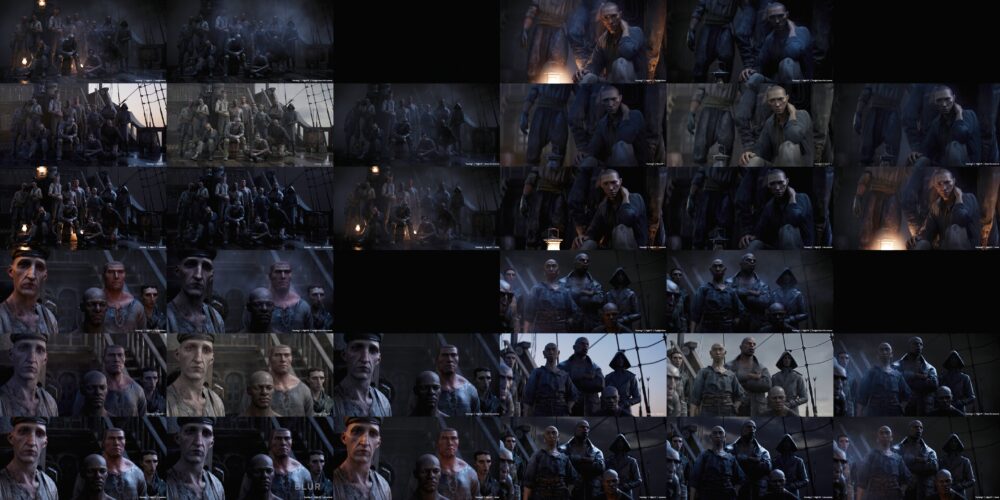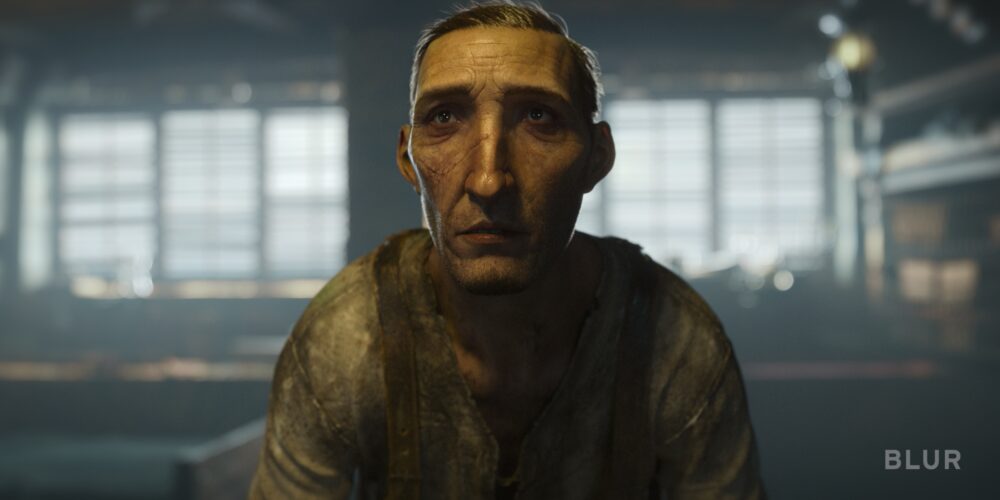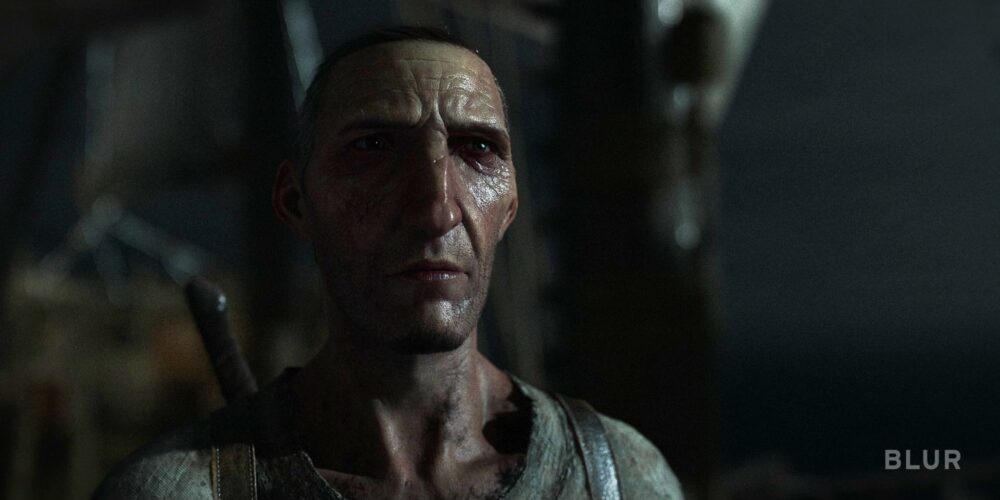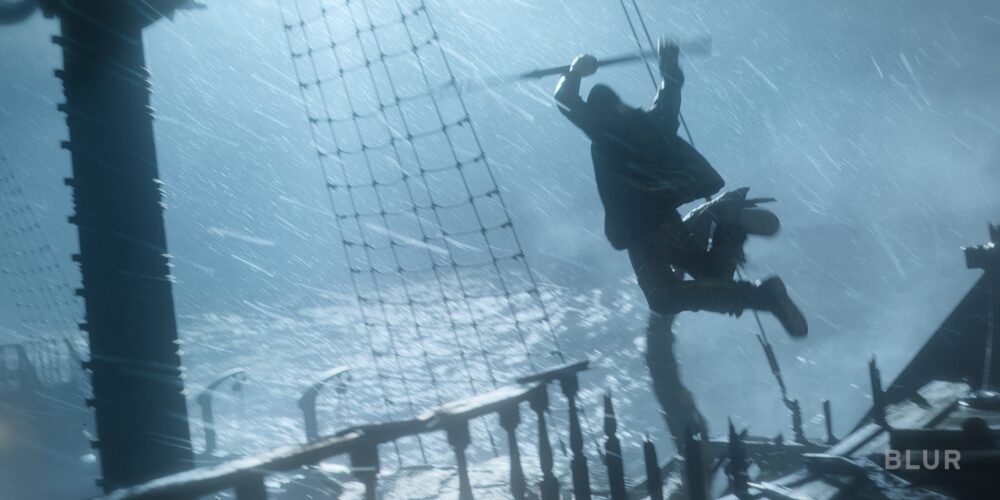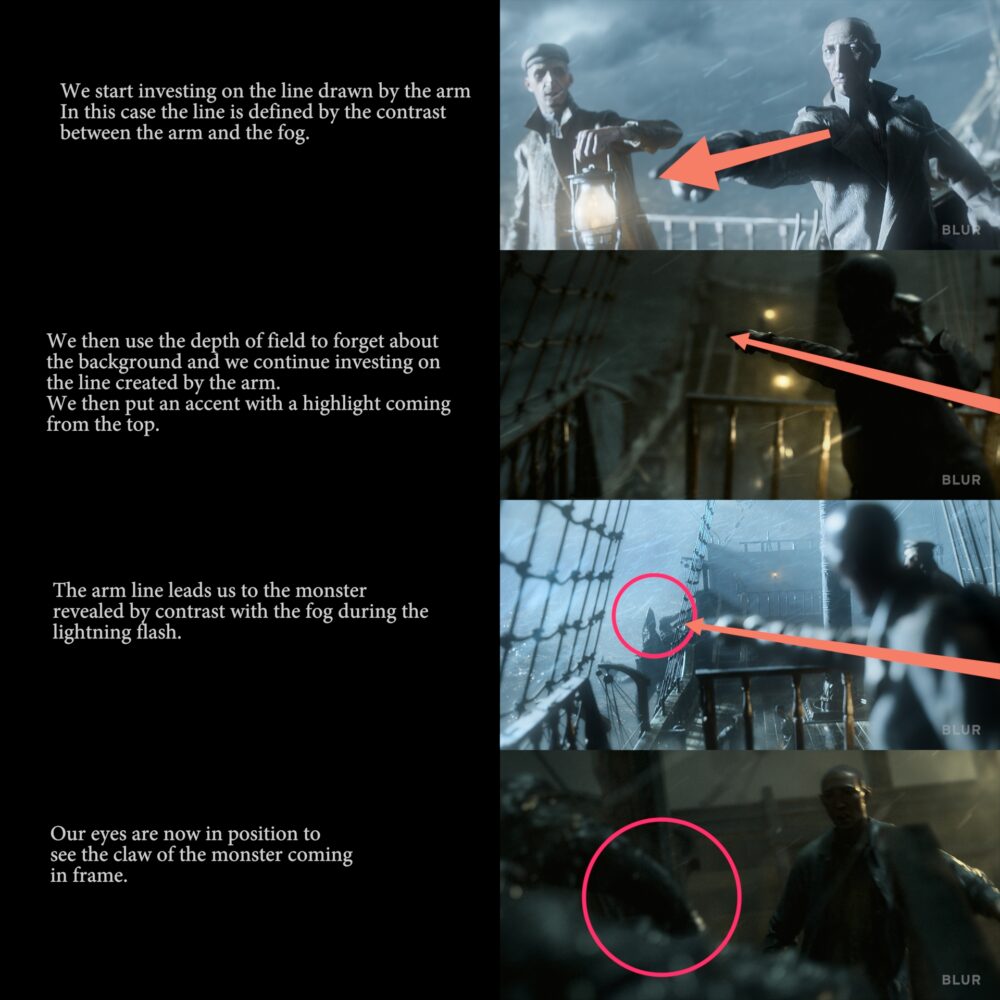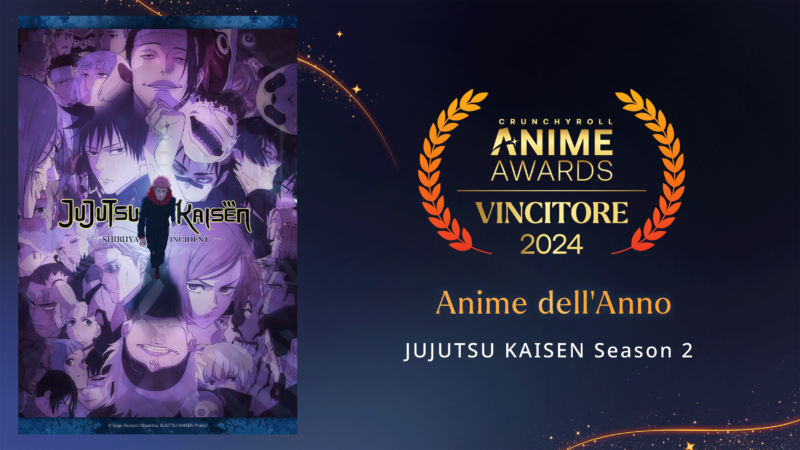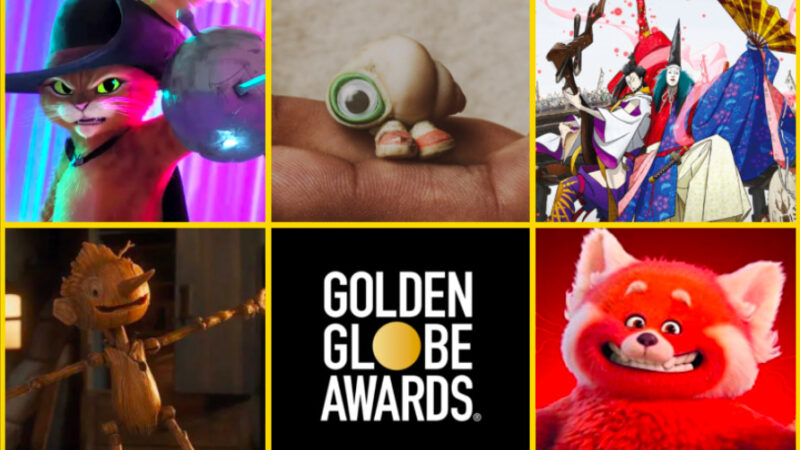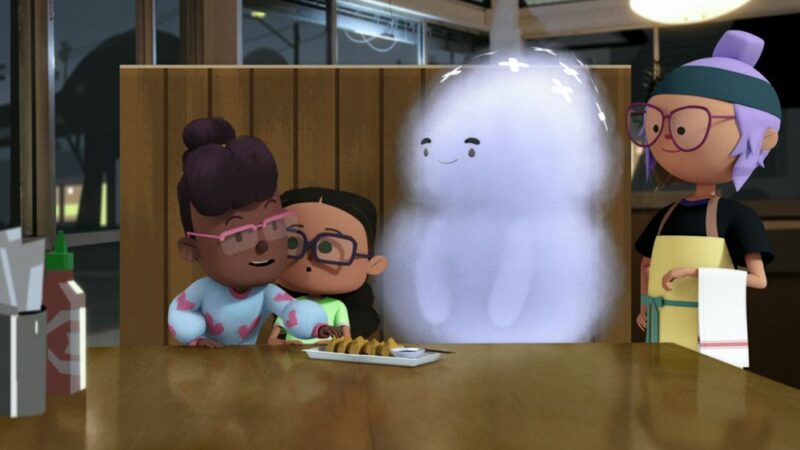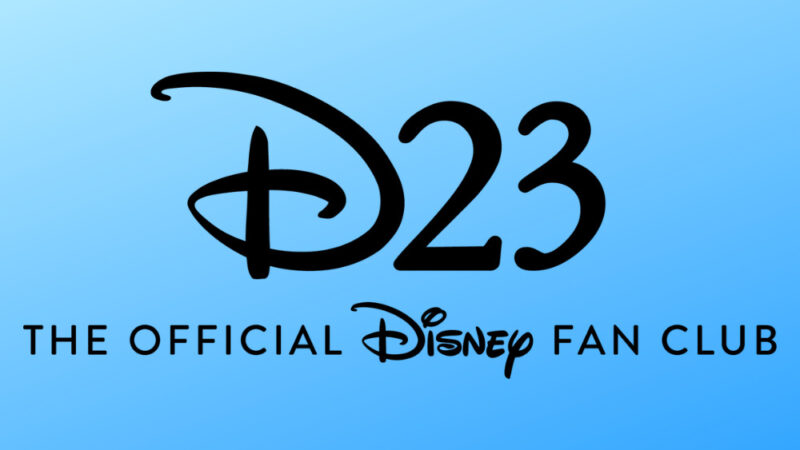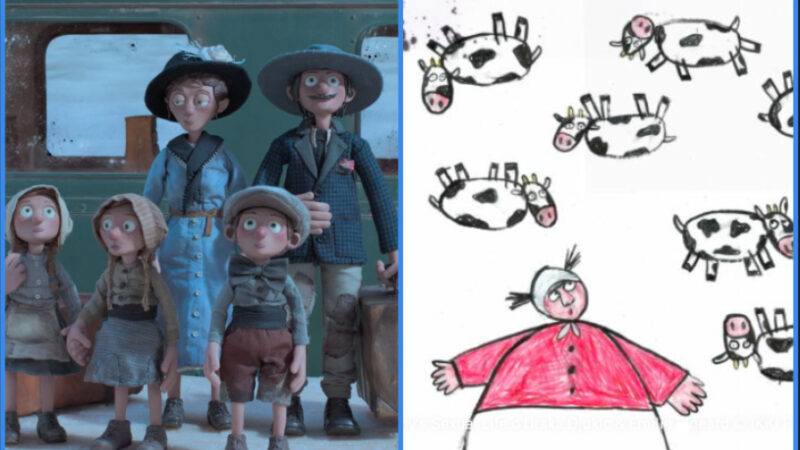Navigate “Love, Death + Robots: Bad Traveling” with Blur Studio
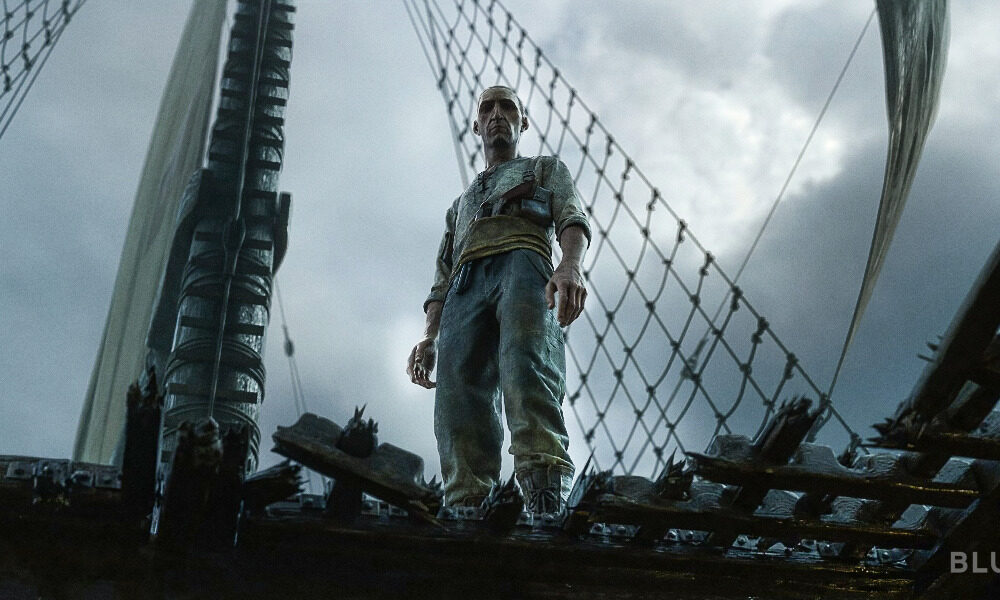
Da Fight Club di Deficiency, director David Fincher is a master of using soft lighting and dark palettes to explore the pitfalls of human morality. Now, the director has taken over the aesthetic characteristic of him with Bad Traveling a thriller about a dishonest crew sailing alien seas and a monster making a murderous pact with the ship's captain.
Created for Love, Death + Robots Volume III, the episode marks Fincher's first fully computer-animated film. It is also the first time he has contributed directly to the Netflix anthology which he executive produces alongside Tim Miller. To create the marine and nautical world of Bad Traveling Fincher worked with the team at Miller's animation and visual effects company, Blur Studio, who used V-Ray for 3ds Max's lighting tools to help Fincher embrace the darkness.
“David Fincher read the original short story that inspired Bad Traveling 15 years ago, and I guess the idea never really left his mind, ”said Jean-Baptiste Cambier, Co-CG Supervisor at Blur Studio. "Despite Bad Traveling it was his first animation project, we quickly realized that Fincher was naturally curious, always looking for new ways to explore his craft. However, there were certainly new things for him to learn about working with animation as a medium. Unlike live action, animation often doesn't leave much room for happy incidents on set or instinctive decisions: everything is thought out, planned and calculated ”.
To counter this, the Blur team leveraged V-Ray's Light Selects and Physical Camera Exposure controls to bridge the gap between live action and CG. By rendering the sequences this way at an early stage, they were able to get more intuitive results with shots that didn't feel overloaded. The team also built a proprietary instrument for Nuke called the Light Rig, which allowed them to treat V-Ray's Light Selects like a cinematographer on set would. The exposure of each individual light can be controlled interactively, without re-rendering, ensuring that the environment, characters and fluid sims can be illuminated on the fly, in real time.
Lighting like Fincher
The work on lighting began early in Blur's lookdev process, which involved perfecting the aesthetics of each sequence before the assets were made. “Fincher is keenly aware of the practicality of different textures, surfaces and materials and the physics of how they react to light in the real world,” said Nitant Ashok Karnik, Blur's composition supervisor.
“His eye for color is insanely accurate. For example, when we were establishing lighting for the ship's hold, Fincher specified that he only wanted oil lanterns and moonshine, specifically 1.800K and 4.000K respectively. And, of course, they were all spot on in the look and feel ”.
In addition to the lighting and color, Fincher was also very keen on how the audience felt during key scenes. The sunset in history, for example, had to look ugly with greenish undertones that they remembered Se7en. Meanwhile, the ship the movie takes place in was supposed to be disgusting, with a dark cargo hold below that would be hellish and damp, exactly the kind of place the crustacean monster of the story would be.
“We worked hard to make these characters feel like they're in a horrible, miserable place, and to make the audience feel as uncomfortable as the characters looked,” said Karnik. “We also played with the lighting on the characters. For the antihero, Torrin, our art director came up with the idea of using a 50/50 lighting style, where only half of his face is illuminated. Conceptually, we thought this enlightenment mirrored how morally gray his behavior was. You can see this transition from the beginning of the short, where the light envelops Torrin's face, to the end where he killed the entire crew and his face is half-lit.
Sway the sea
Being able to create a realistic and terrifying seascape was also key to ensuring the final animation was engaging. To do this, the Blur Studio team used V-Ray's infinite VRayPlane to define the horizon lines in each sequence.
"Everything inside Bad Traveling it happens on a boat at sea, ”Cambier said. "This represents a relatively small space, so we knew that our representation of parallax and scale was the key to making the final render realistic."
Once the horizon lines were defined, the team had to create the illusion of constantly swinging from the ocean waves, which needed to be verified in the animation previews. There were two ways of doing this: swinging the whole boat and all the characters on it, as well as the cloth and hair; or just move everything around the boat to give the illusion of swinging.
“The choice was quickly made to influence everything around the boat, as it would have been a nightmare to animate everything that happened on the deck,” Cambier said. “The use of VRayPlane was also essential for this. It allowed us to do a simple coding to include and capture that infinite ocean in all of our renderings, from the animation to the lighting to the final composition ”.
Delivery in record time
Despite only having six months to deliver 386 shots, the Blur Studio team was able to complete Bad Traveling on schedule, optimizing workflow. “Chaos has been our partner in crime for a long time. David Fincher's relationship with V-Ray also goes back a long time: his video for Nine Inch Nails' "Only" (created with Digital Domain) was the first time V-Ray's photorealistic ray tracing was used. in a commercial project, ”Cambier said.
“For a studio like Blur, each new version of V-Ray has a shorter render time, which is really a game changer. We can decide to make our shows faster, thus allowing us to move between projects faster, or we can decide to increase our quality by activating features such as shutter imperfections, caustics or textures in the fog. In any case, we have more power to keep a show within its original purpose and schedule, giving artists time to find a healthy work-life balance, without making sacrifices on the quality of our final render. "
Read more about the secrets behind the scenes of Bad Traveling visit the chaos blog. Learn more about V-Ray for 3ds Max at chaos.com.

